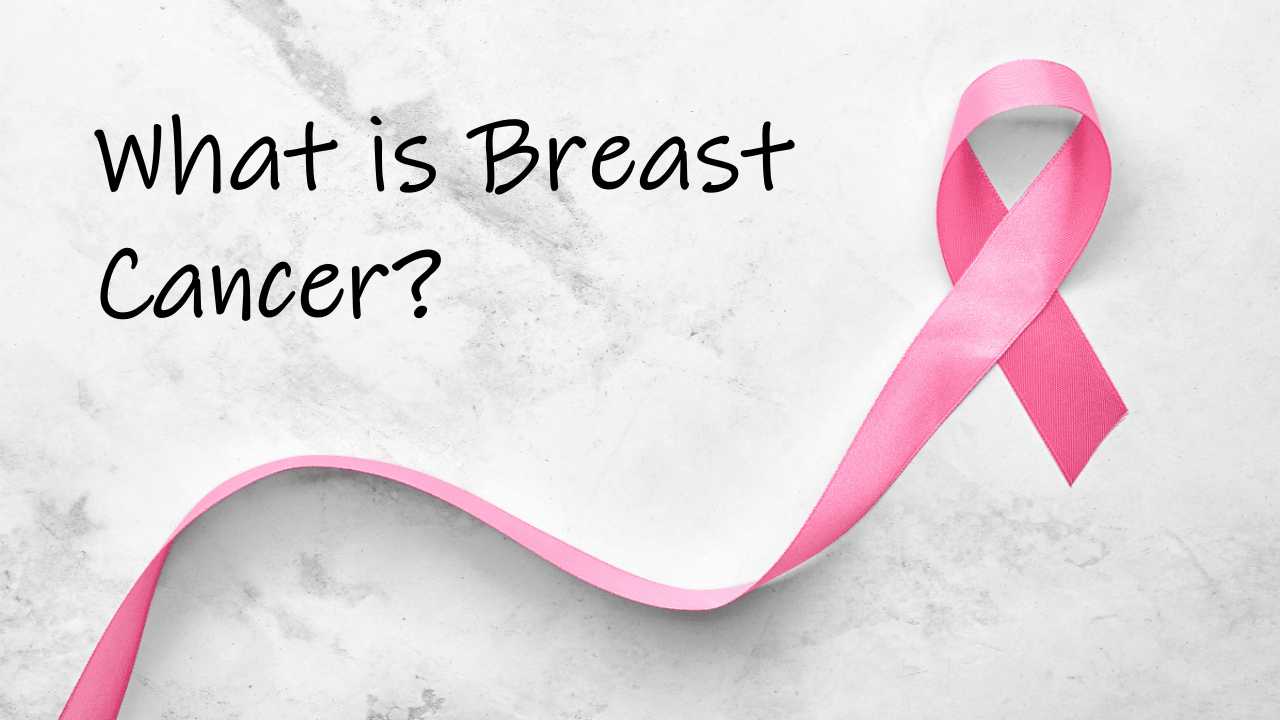
Breast Cancer
Breast cancer is a condition that mostly affects women. Breast cancer also strikes in men ,although rarely. But women are affected after the age of 40 or menopause. Cancer is the uncountable growth of an abnormal cells. Breast cancer begins in the tissue of the breast. The breast is composed of three main parts, such as lobules, duck and connective tissue. The milk is produced by the lobules gland. Milk is carried by the duck to the nipple and connective tissue holds everything together. When cancerous cells are developing in the breast, the patient feels pain, tenderness or swelling in the breast. The risk factor to getting breast cancer is mutation in BRCA1 and BRCA2 genes, environmental changes and smoking.
The most common type of breast cancer are invasive ductal carcinoma and invasive lobular carcinoma. The cancer cells start in ducts, also grow outside of the ducts and spread to other parts of the breast tissue is called invasive ductal carcinoma. In invasive lobular carcinoma, in which the cancerous cells develop in the lobules and metastasize to outside the lobules and also spread to the other part of the body. Sometimes, cancerous cells develop but do not spread to the other organs, is called non-cancerous cells. There are other several common types of breast cancer, including triple negative breast cancer, inflammatory breast cancer and paget’s disease of the breast.
Symptoms
- New lump in the breast or underarm (armpit).
- Thickening or swelling of part of the breast.
- Irritation or dimpling of breast skin.
- Redness or flaky skin in the nipple area or the breast.
- Pulling in of the nipple or pain in the nipple area.
- Nipple discharge other than breast milk, including blood.
- Any change in the size or the shape of the breast
- Pain in any area of the breast
Cause/Risk factor
- increasing age
- family history
- mutations in the genes BRCA2and BRCA1
- previous breast cancer diagnosis
- a past history of certain non-cancerous breast condition
- Lifestyle factors
- overweight
- Not enough physical activity
- drinking alcohol
Diagnosis
Cytology department
Pleural fluid specimen test under the microscope to detect the cancerous cells.The specimen is obtained by fine needle aspiration and stain with hematoxylin and eosin staining.
Histology department
To diagnose cancer, biopsy is an accurate method. In which to take small tissue from the infected area of the breast and examine under the microscope. Before the microscopy examination, the biopsy process involves the extraction of a sample or tissue, then the tissue is fixed, dehydrated, embedded, sectioned, stained and mounted. After the biopsy with a microscope, it can show the shape of the cells is disturbed, the size of nuclei is bigger than the normal size and the number of the cells is large.
Refrence:
- https://www.ganeshdiagnostic.com/blog/symptoms-of-breast-cancer-causes-diagnosis-and-treatment
-
https://en.wikipedia.org/wiki/Biopsy#Liquid_biopsy
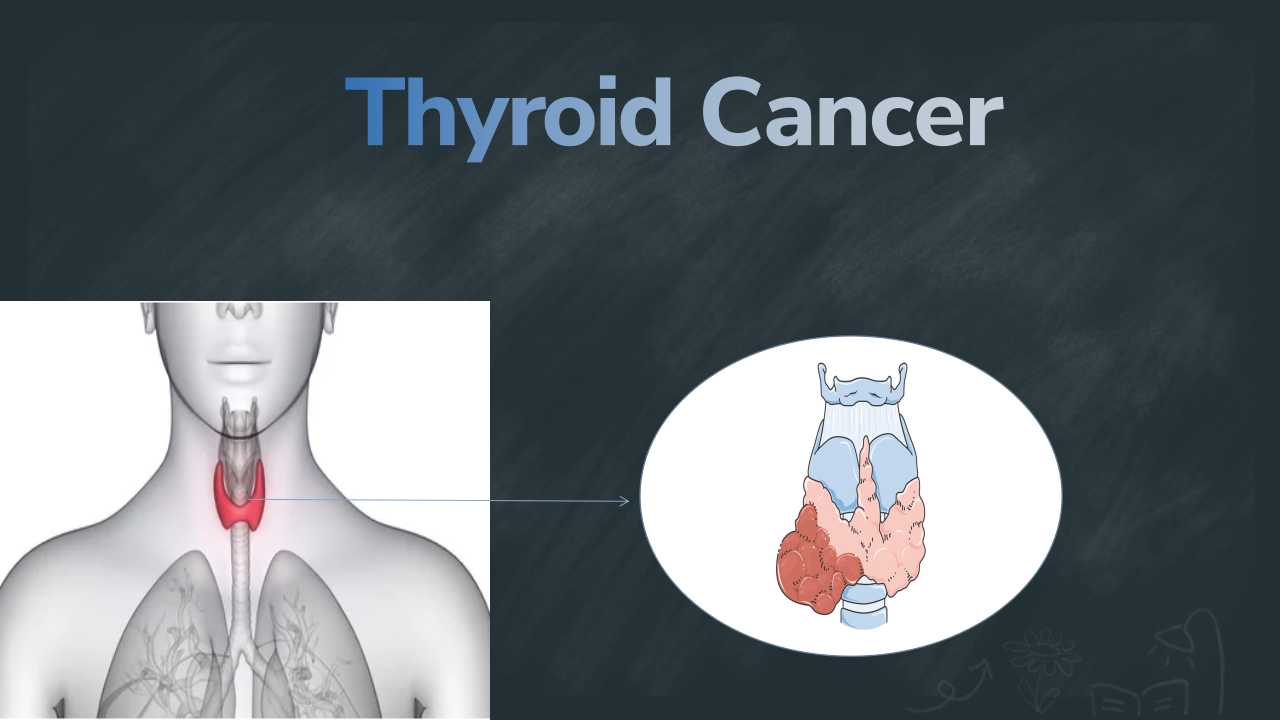
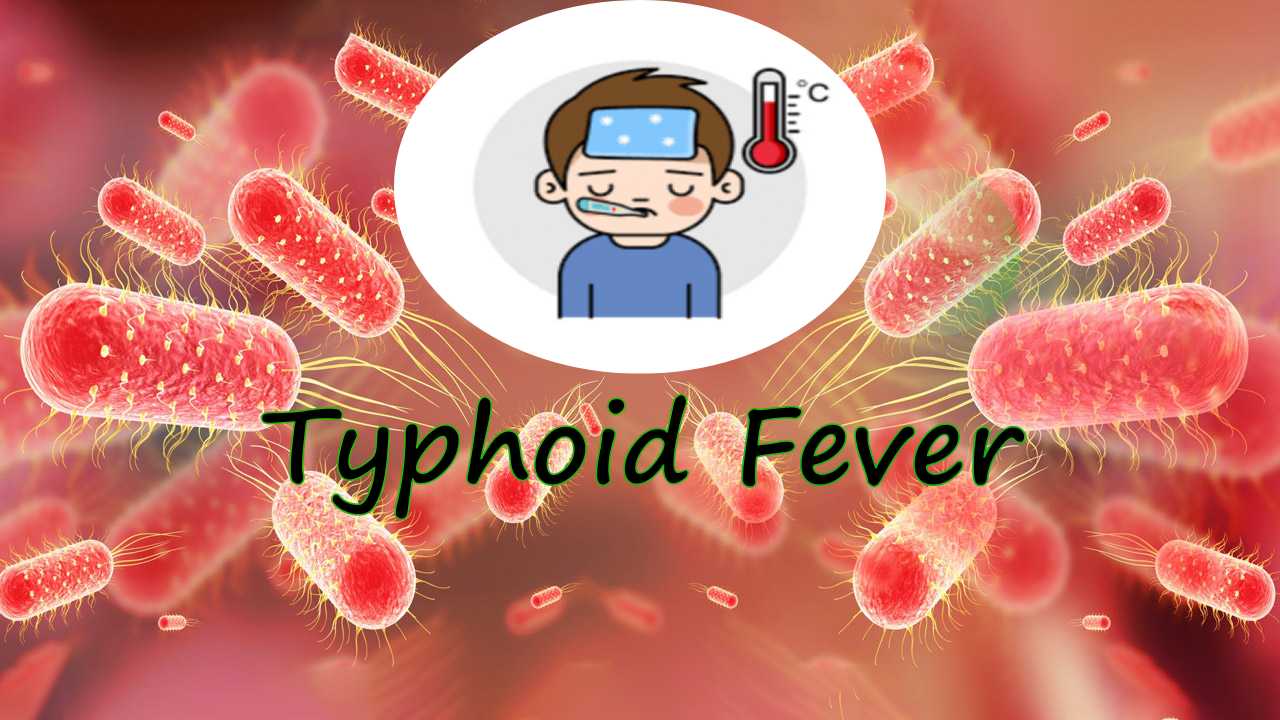
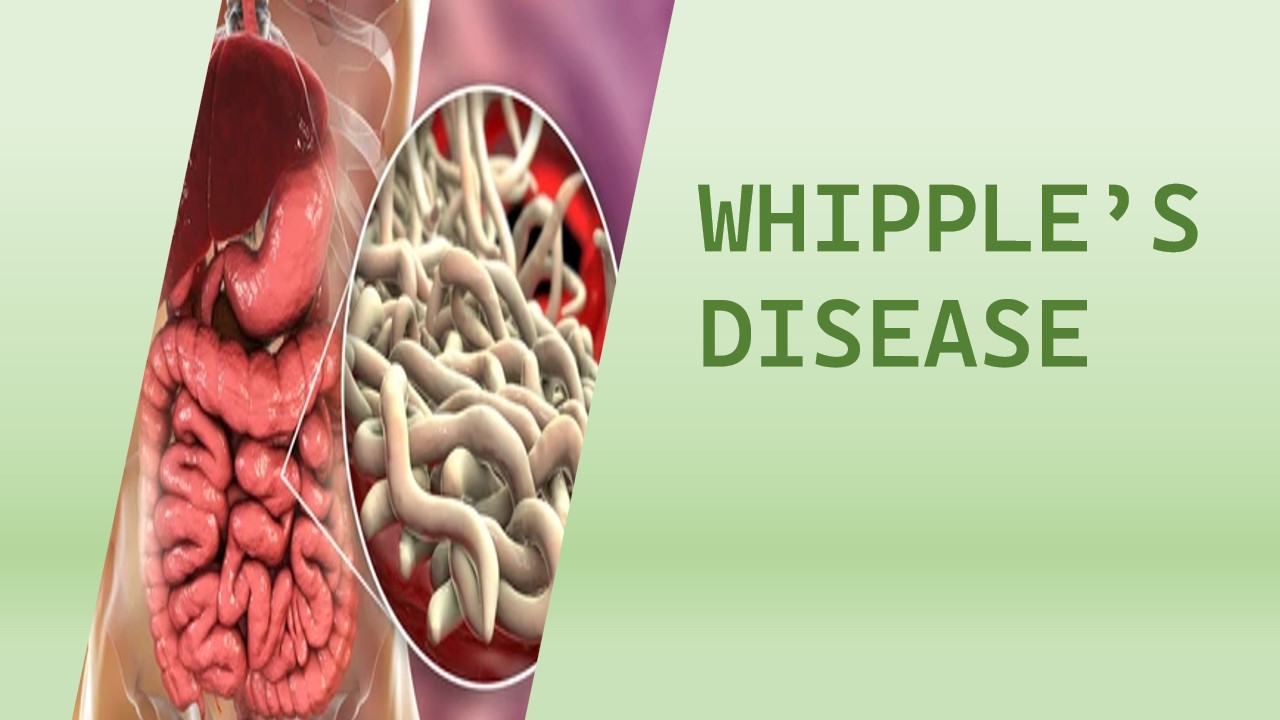
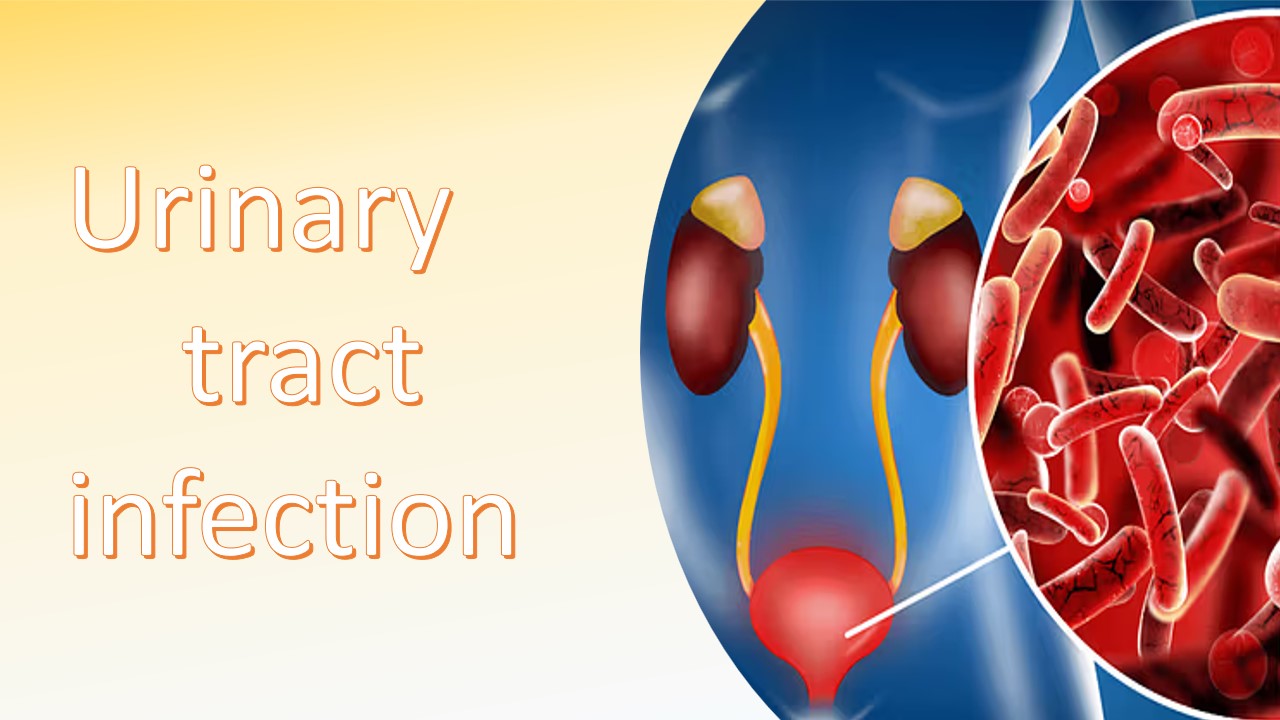
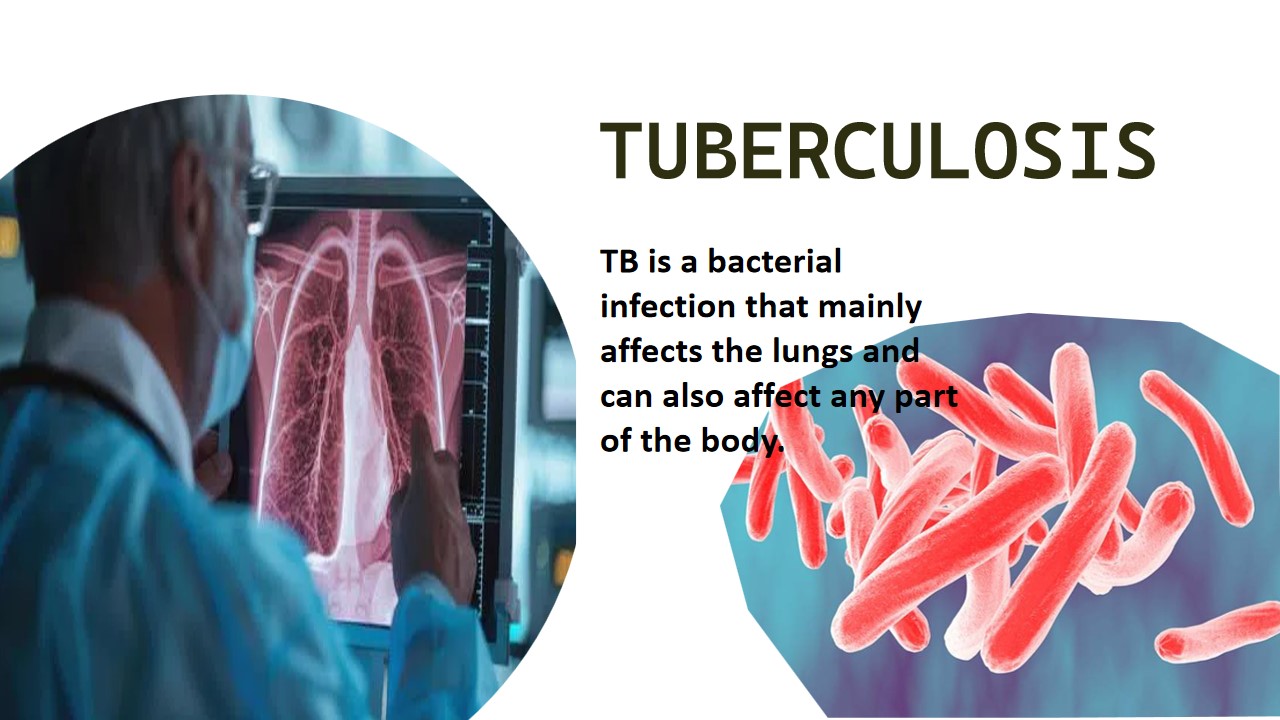
0 comments